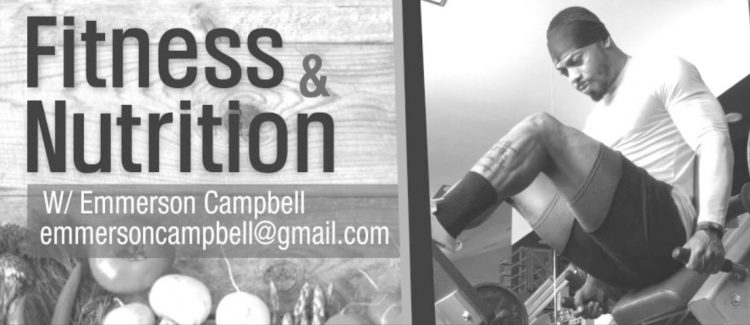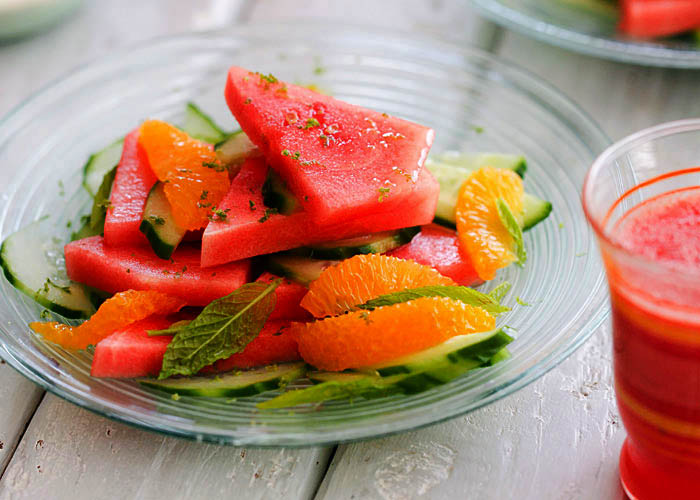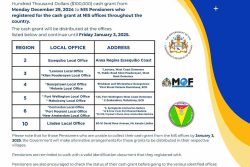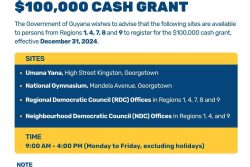 Ever so often I would observe clients and other gym goers, running on fumes or dragging through a workout simply because of the lack of fuel in their reserves. Now I know that fuel prices in Guyana and around the world have gone through the roof, but it is imperative to not have your tank on E during a workout.
Ever so often I would observe clients and other gym goers, running on fumes or dragging through a workout simply because of the lack of fuel in their reserves. Now I know that fuel prices in Guyana and around the world have gone through the roof, but it is imperative to not have your tank on E during a workout.
What to eat and how much to eat are highly dependent on what you’ve already eaten that day, what you plan to eat after, how hard you’re training, and personal tolerance. Some people do well exercising on a full tank, while others become nauseous if they exercise too soon after eating.
Energy to burn
Regardless of personal tolerance, it is important that you have something in the tank; if it’s been longer than two hours since your last meal or snack, it’s likely that your workout will drag without a readily accessible energy source. It’s easiest for your body to digest carbohydrates soon after consumption. If your body is forced to burn stored fat, the result is a slower, more fatiguing process that can leave you feeling exhausted halfway through a set.
Naturally, if you’re trying to lose weight, it is necessary to burn through fat stores. However, fat utilisation is happening constantly if you’re operating in a total caloric deficit. Eating a small amount of carbohydrate just turns the volume on fat utilisation down temporarily in favour of carbohydrate metabolism, giving you the time and energy to exercise and burn more calories during your workout. This, in turn, contributes to a total caloric deficit – as long as you don’t eat so much that you negate the effects of your workout, that is.
Even if you’re not trying to actively lose weight, it’s still important to consider total caloric consumption if you’re trying to maintain weight. It’s easy to get overzealous with fuelling, to detrimental effects on the scale. Stick to an easily digested snack of 100-150 calories prior to your workout.
Here are some you might want to try:
– A few sweet fig bananas
– Oatmeal with fruit
– A smoothie
Certain foods irritate the lining of the GI tract, which can lead to stomach pain or nausea. Caffeine, which acts as an ergogenic aid to give you energy and focus, can prove troublesome for some exercisers. If coffee prior to a workout leaves you sprinting for the bathroom, avoid it or reduce the amount you consume. Other common culprits include spicy or high fibre foods.
The goal of a pre-workout snack isn’t to be completely full. It’s unlikely that you’ll feel completely satiated, even after eating the ideal snack. The goal is simply to give your body an immediate energy source to burn through, preventing fatigue or low blood sugar that might occur while exercising between meals.
Therefore, remember to:
– Keep calorie content to 100-150 calories
– Aim to consume no more than 8 oz of food in the hour prior to vigorous exercise
– A banana, some grapes, an apple or watermelon or a jelly sandwich are all good options
– Avoid high-fat foods – even foods with healthy fat like nuts and avocado take longer to digest, impeding energy utilisation.






